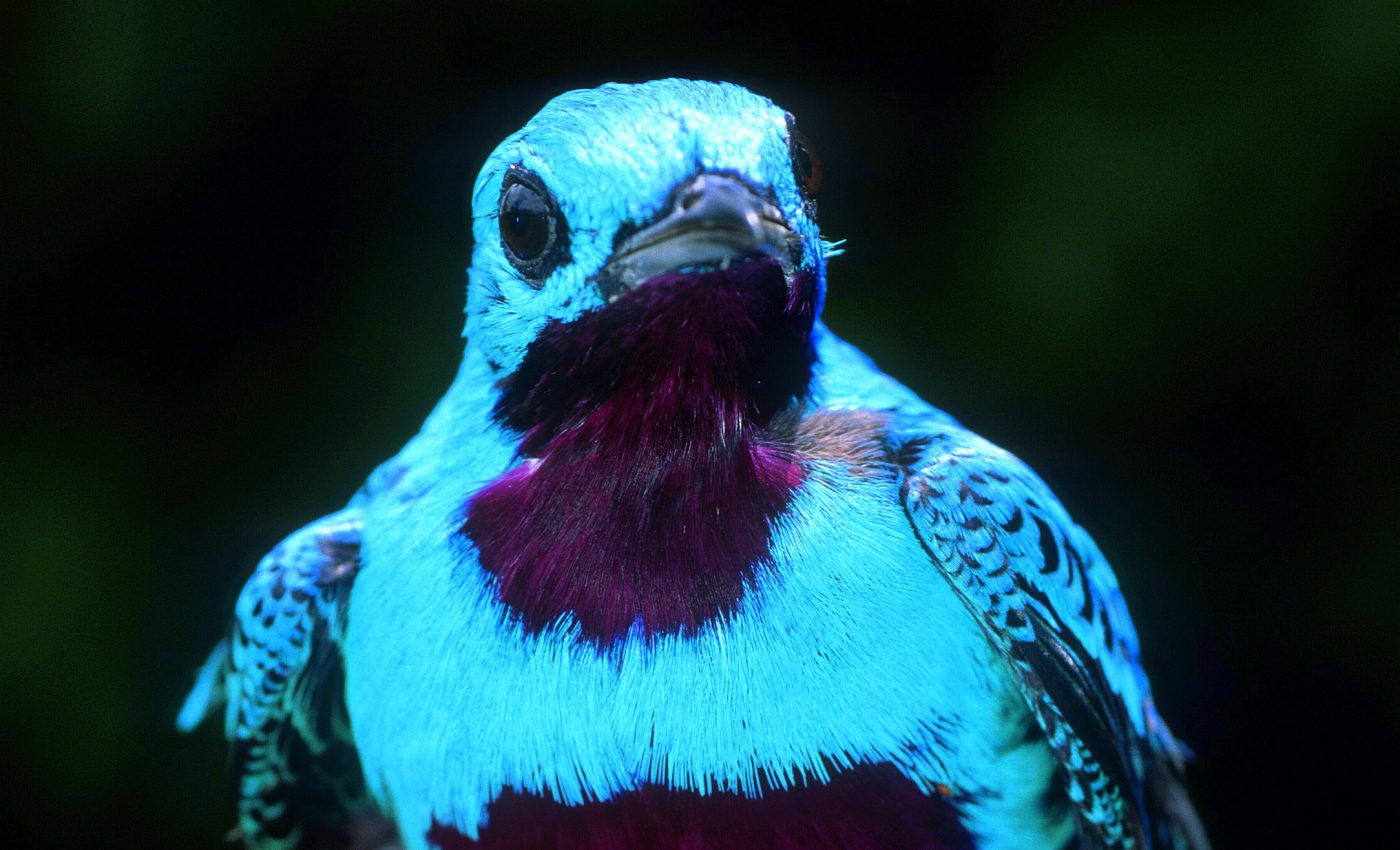
Coffee plantations are both good and bad for tropical birds
During field studies conducted from 1999 to 2010, ornithologist Cagan Sekercioglu surveyed tropical birds in the forests and coffee fields of Costa Rica to investigate the impacts of the changing agricultural landscape. As to whether the expansion of coffee plantations is reducing tropical bird biodiversity, the analysis revealed that the answer is both yes and no.
“It’s two sides of a coin,” said Sekercioglu, who is now at the University of Utah. “These tropical agricultural habitats that are mostly deforested still maintain large numbers of tropical species. Even small patches of trees can make a difference and help some species. But the flip side of the coin is, in the long term, most of these species are still declining.”
Over 11 field seasons, Sekercioglu and his team captured and equipped birds in Costa Rica with ankle bands so that individuals could be identified.
“These are small, often secretive songbirds we’re talking about,” said Sekercioglu. “You need the bird banding. It’s labor intensive, but there’s really no substitute.”
For the study, coffee plantations with less than 10 percent tree cover were referred to as “open coffee” plantations, while those with 10 to 20 percent tree cover were called “shaded coffee” plantations.
Over the course of 11 years, compared to the number of bird populations that remained stable or increased, 61 percent more bird populations declined. This trend was found to be consistent across all study sites except those in the large La Amistad International Park.
“If you really want to conserve the native tropical forest bird community, there’s really no replacement for big forest reserves like La Amistad. You really need at least 1,000 hectares (3.86 square miles) native primary forest. So, there’s no replacement for that,” said Sekercioglu.
While coffee plantations were found to host nearly as many bird species as forests, the number of species is not always an accurate representation of how diverse an ecosystem really is.
“These plantations get spillover species from the nearby intact rainforest. That adds to the richness.”
Additional species documented in the coffee plantations included those that prefer open habitat as well as birds who can thrive in a variety of habitats. “Their populations are not declining. In fact, many have globally increasing populations. But a lot of the species missing from these coffee plantations are the most sensitive specialist species. Any study of the conservation value of a habitat has to look at the details of the community composition and not just the sheer number of species detected.”
On the bright side, the researchers found that shaded plantations with an average of 13 percent tree cover hosted double the number of forest birds compared with plantations with only an average of 7 percent tree cover. However, shaded coffee plantations cannot compensate for deforestation.
“In the long term, by themselves, they are not enough to preserve tropical biodiversity. We need a combination of agricultural areas with as much tree cover as possible and extensive primary forest reserves.”
The study is published in the Proceedings of the National Academy of Sciences.
—
By Chrissy Sexton, Earth.com Staff Writer
Image Credit: Cagan Sekercioglu/University of Utah













